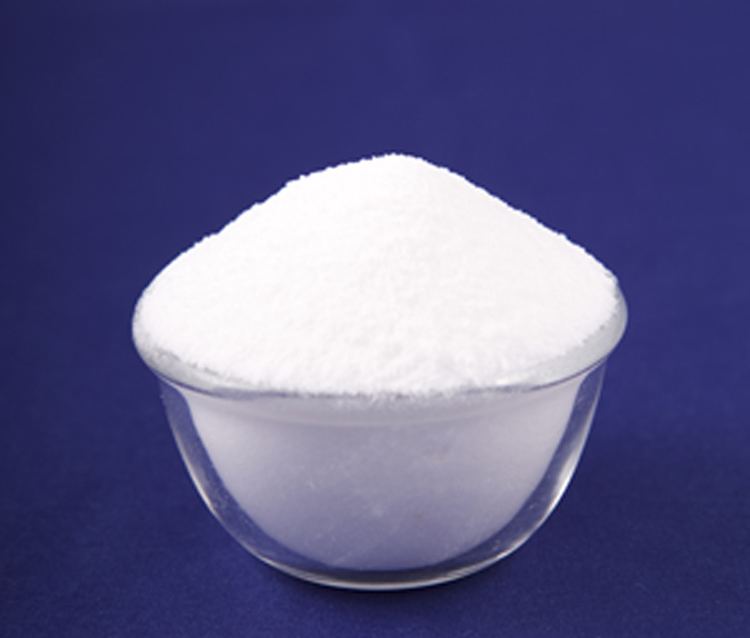Formula Ca(IO3)2 Density 4.52 g/cm³ Appearance white solid | Molar mass 389.88 g/mol Melting point 540 °C | |
 | ||
Calcium iodates are inorganic compound composed of calcium and iodate anion. Two forms are known, anhydrous Ca(IO3)2 and the hexahydrate Ca(IO3)2(H2O). Both are colourless salts that occur naturally as the minerals called lautarite and bruggenite, respectively. A third mineral form of calcium iodate is dietzeite, a salt containing chromate with the formula Ca2(IO3)2CrO4.
Contents
Production and reactions
Lautarite, described as the most important mineral source of iodine, is mined in the Atacama Desert. Processing of the ore entails reduction of its aqueous extracts with sodium bisulfite to give sodium iodide. Via a comproportionation reaction, the sodium iodide is combined with the iodate salt to produce elemental iodine. Calcium iodate can be produced by the anodic oxidation of calcium iodide or by passing chlorine into a hot solution of lime in which iodine has been dissolved.
Uses
Calcium iodate can also be used as an iodine supplement in chicken feed.
Calcium iodate is used in the manufacture of disinfectants, antiseptics, and deodorants.
